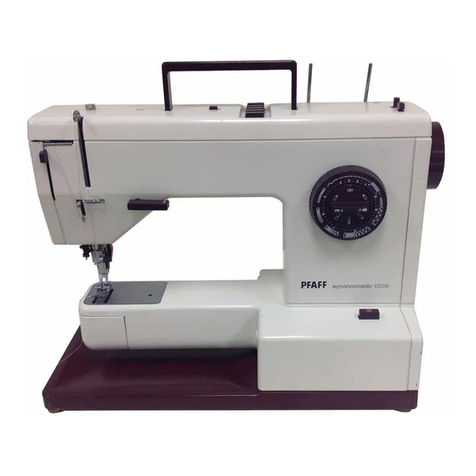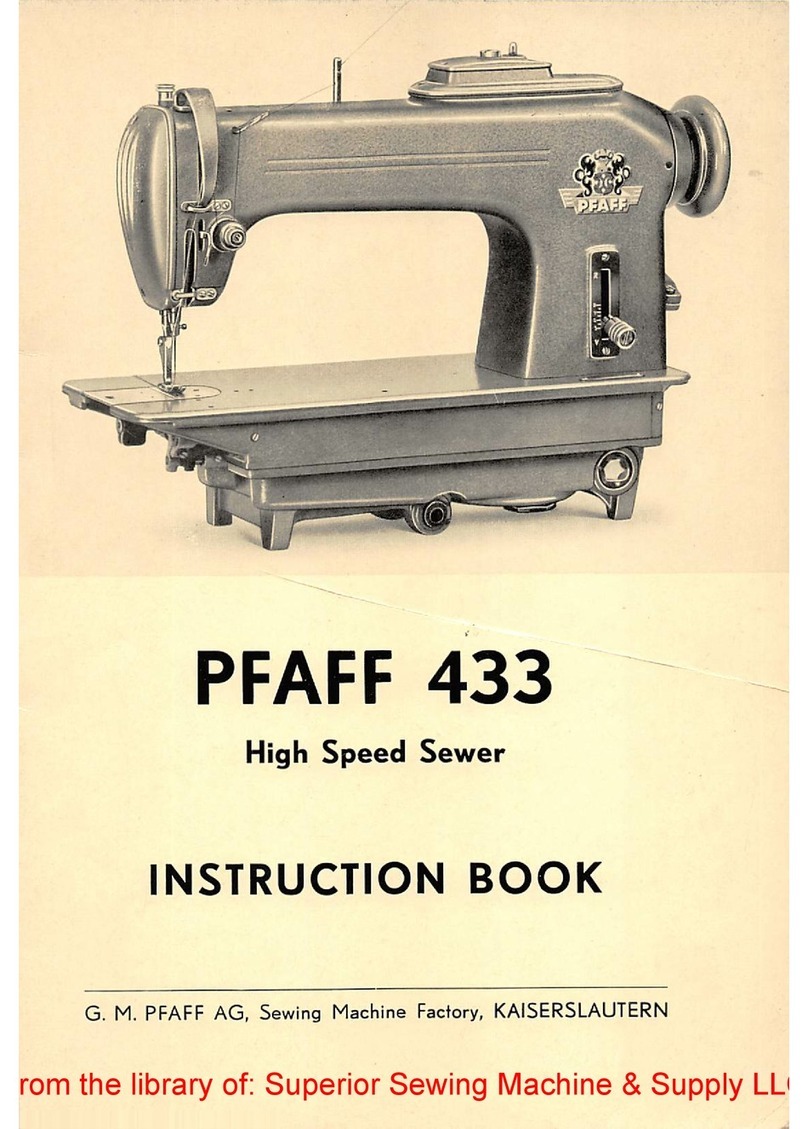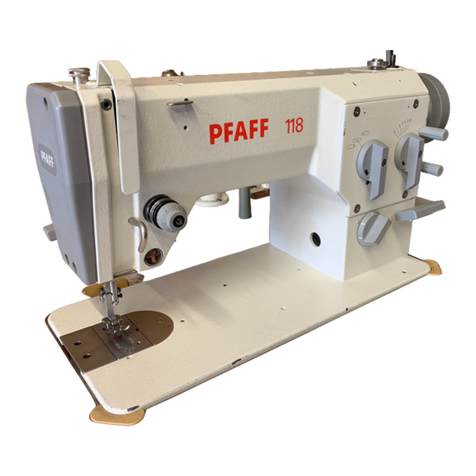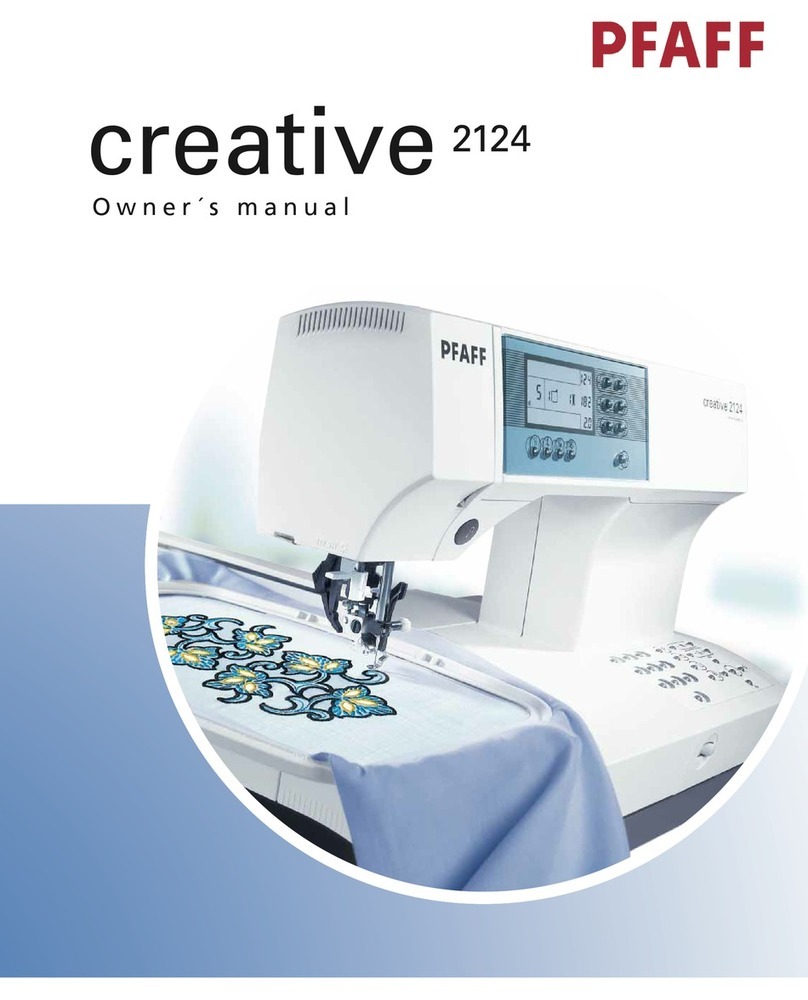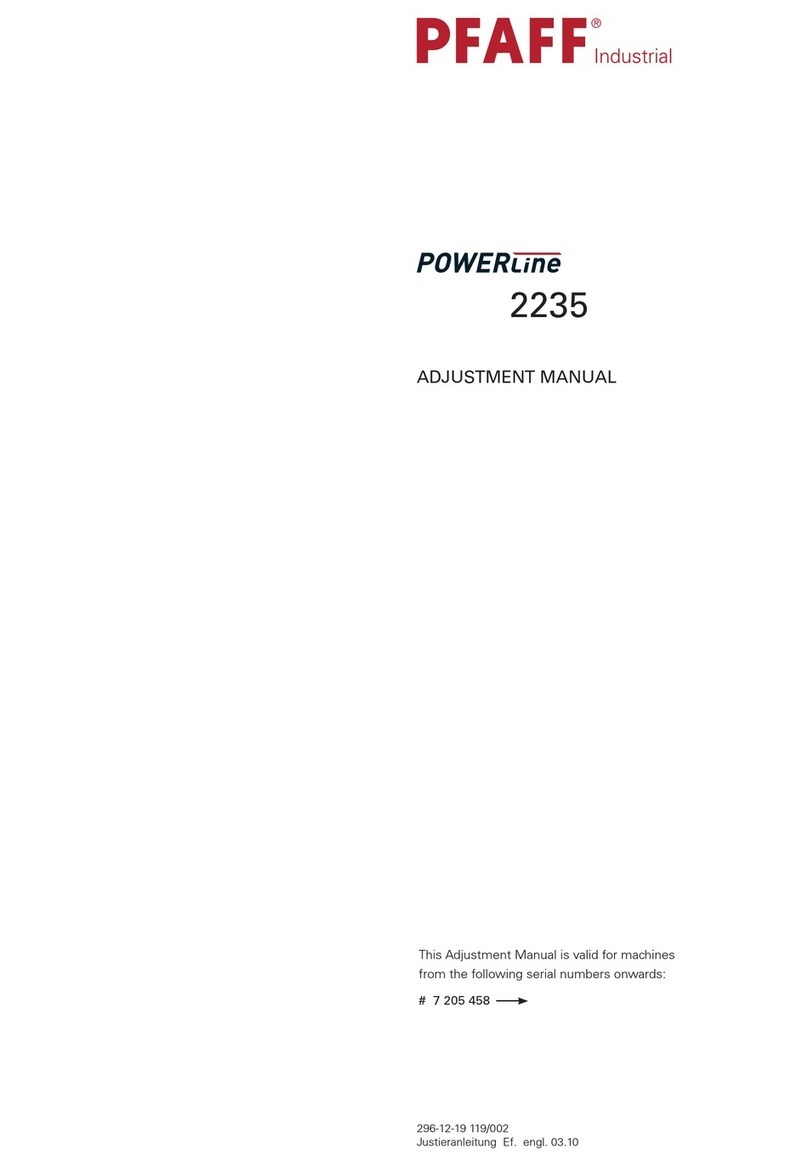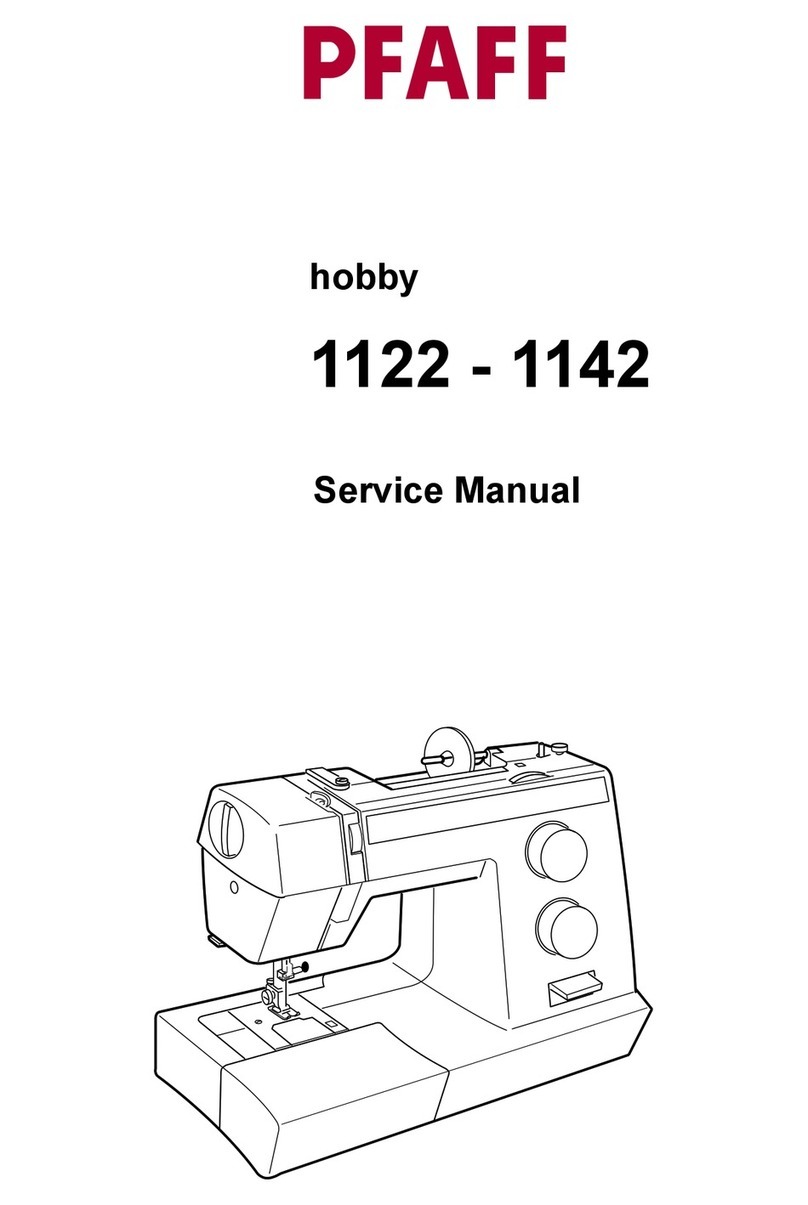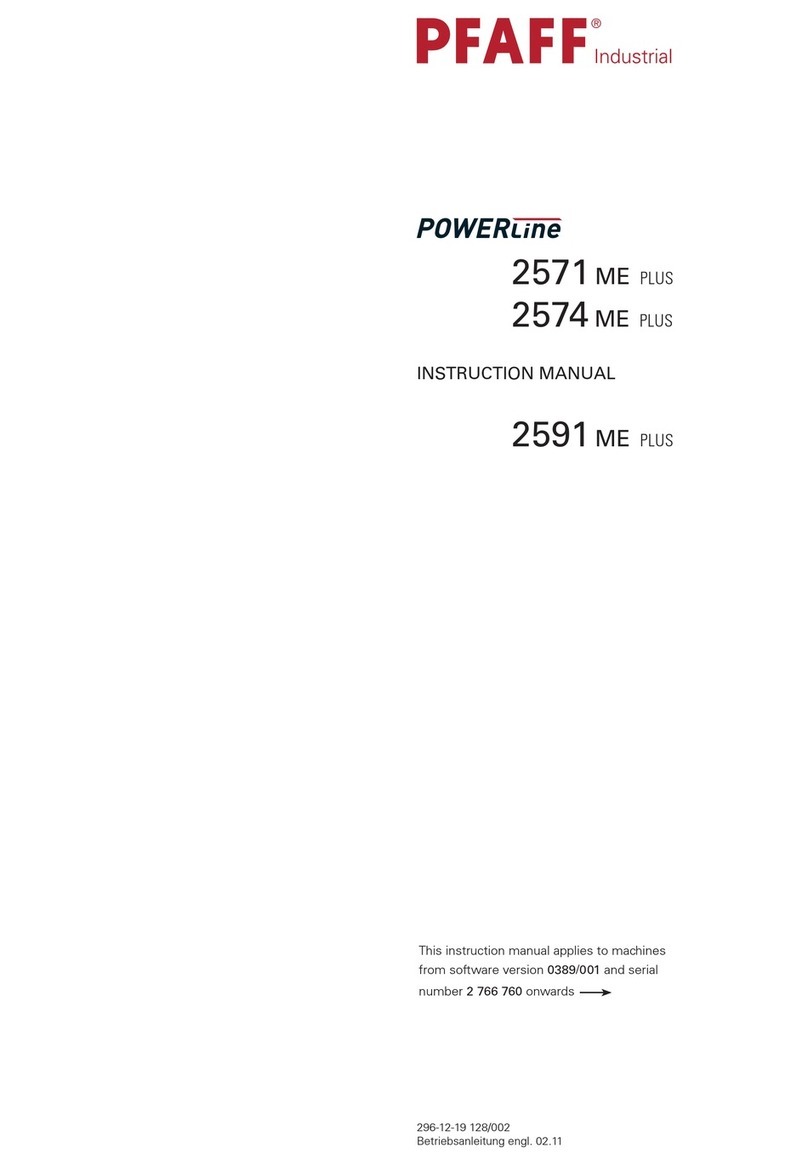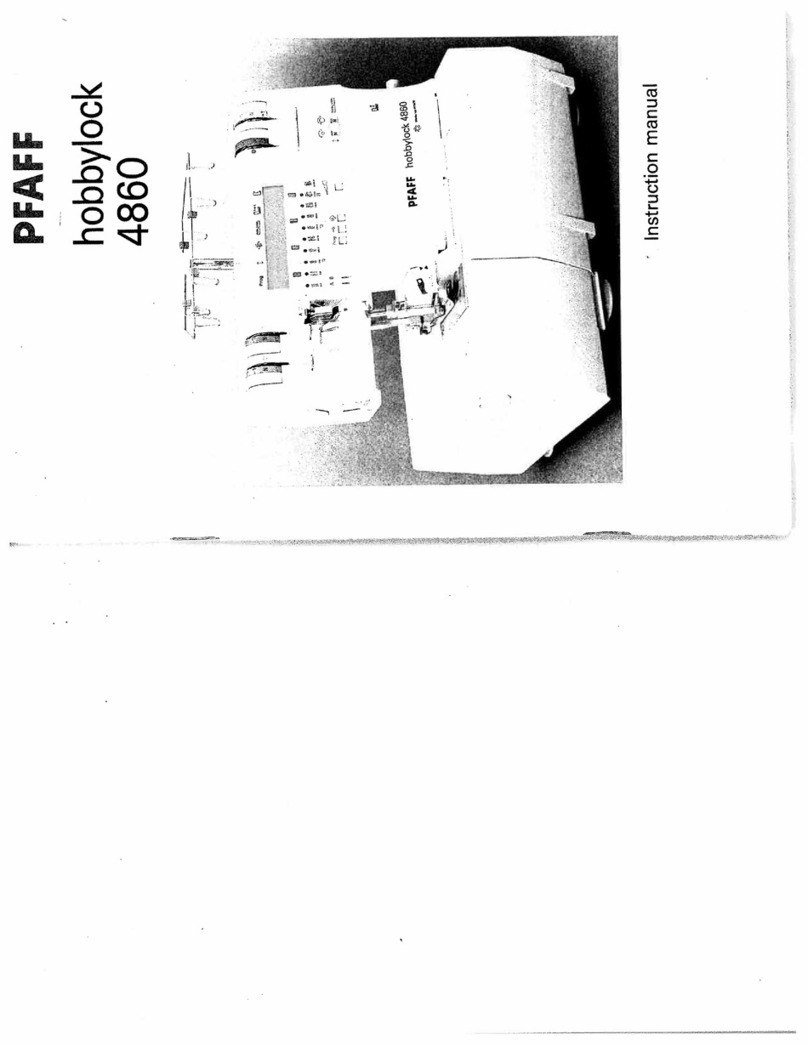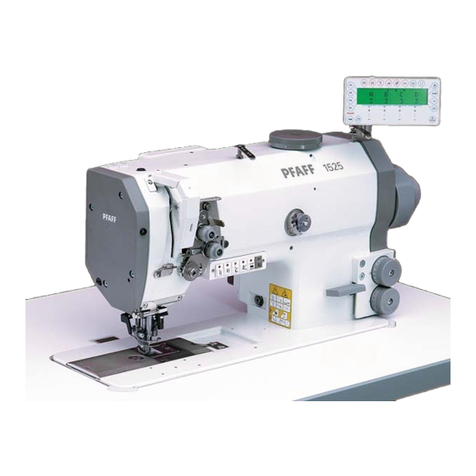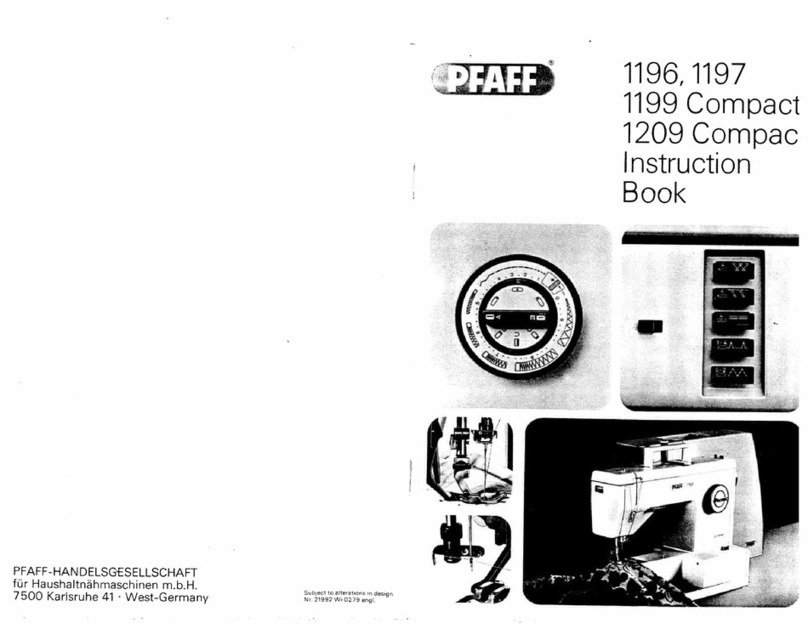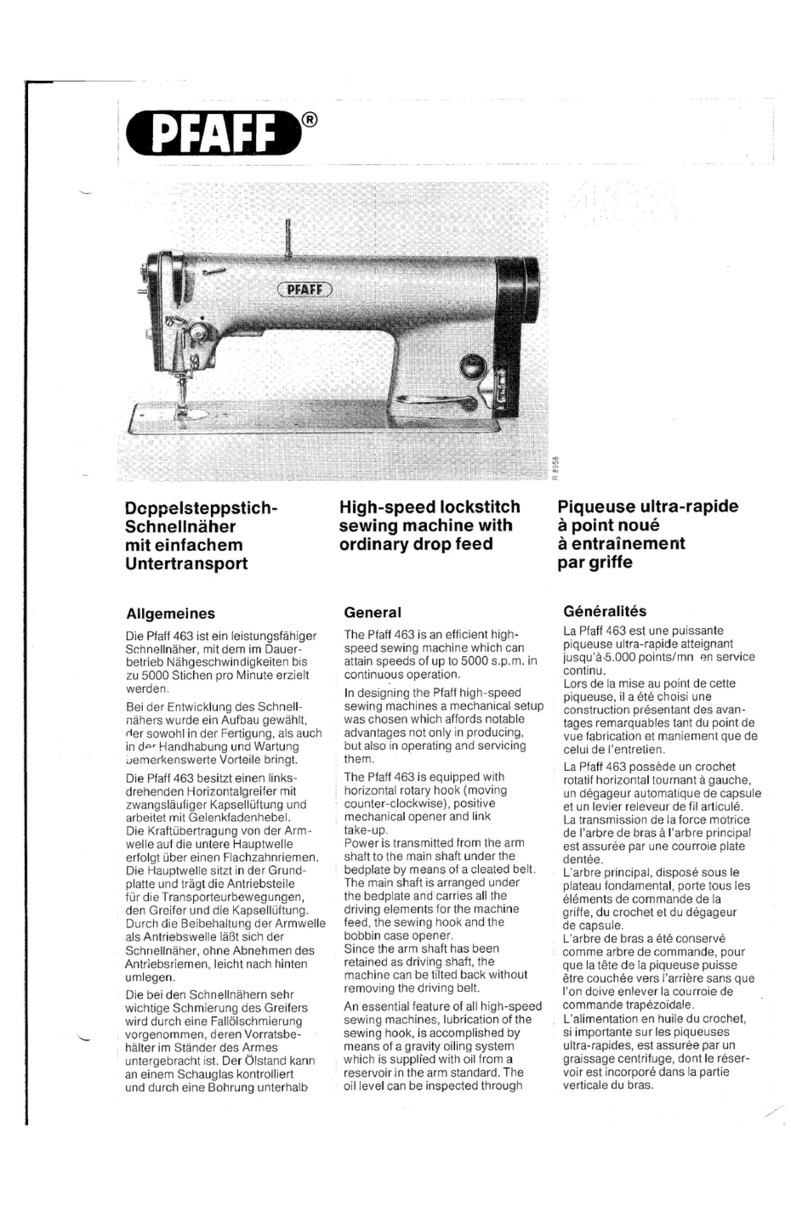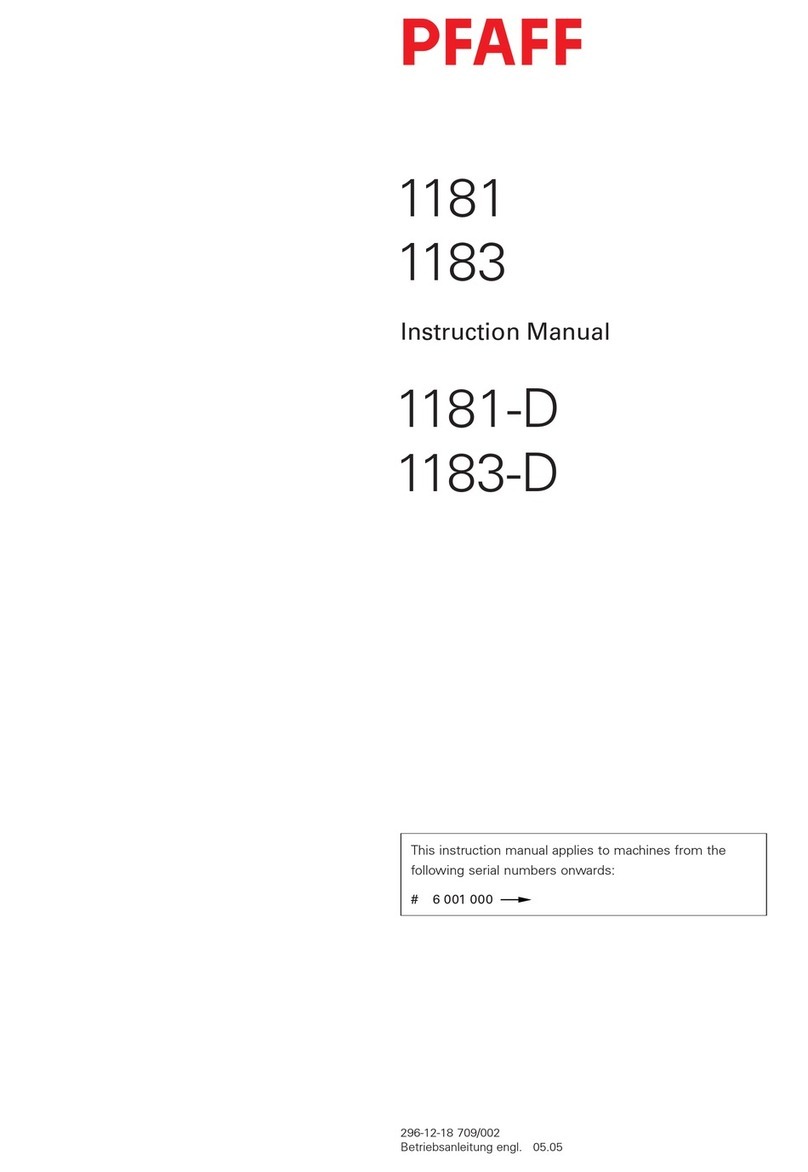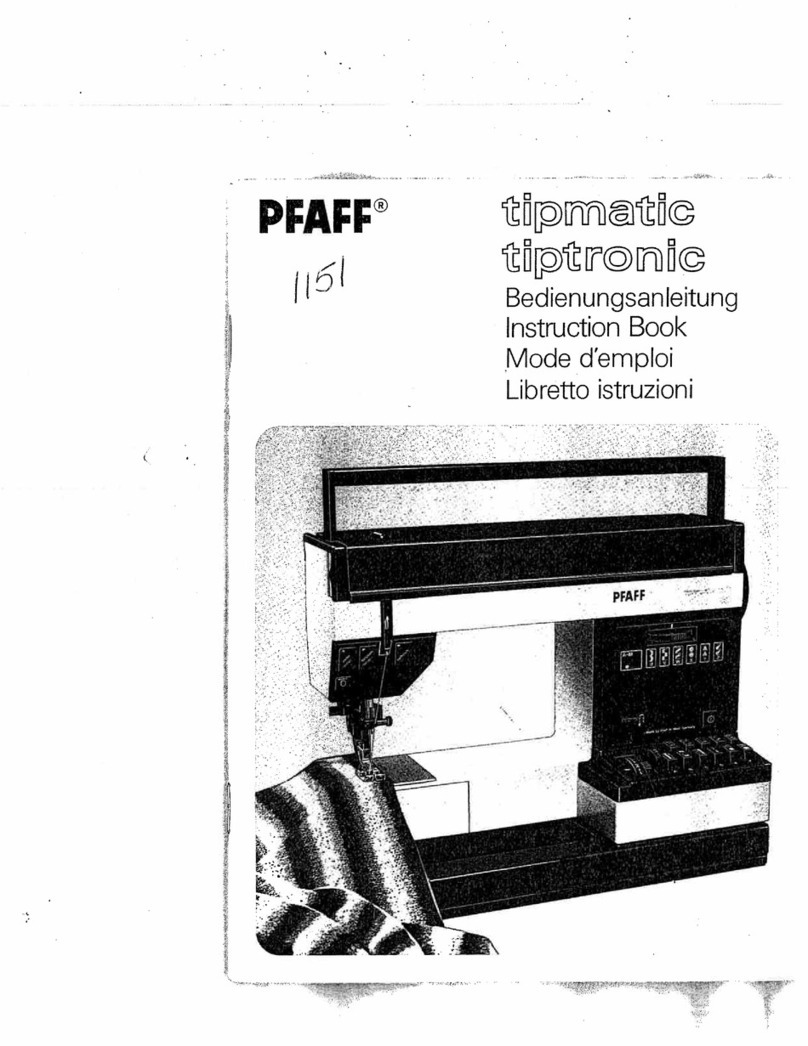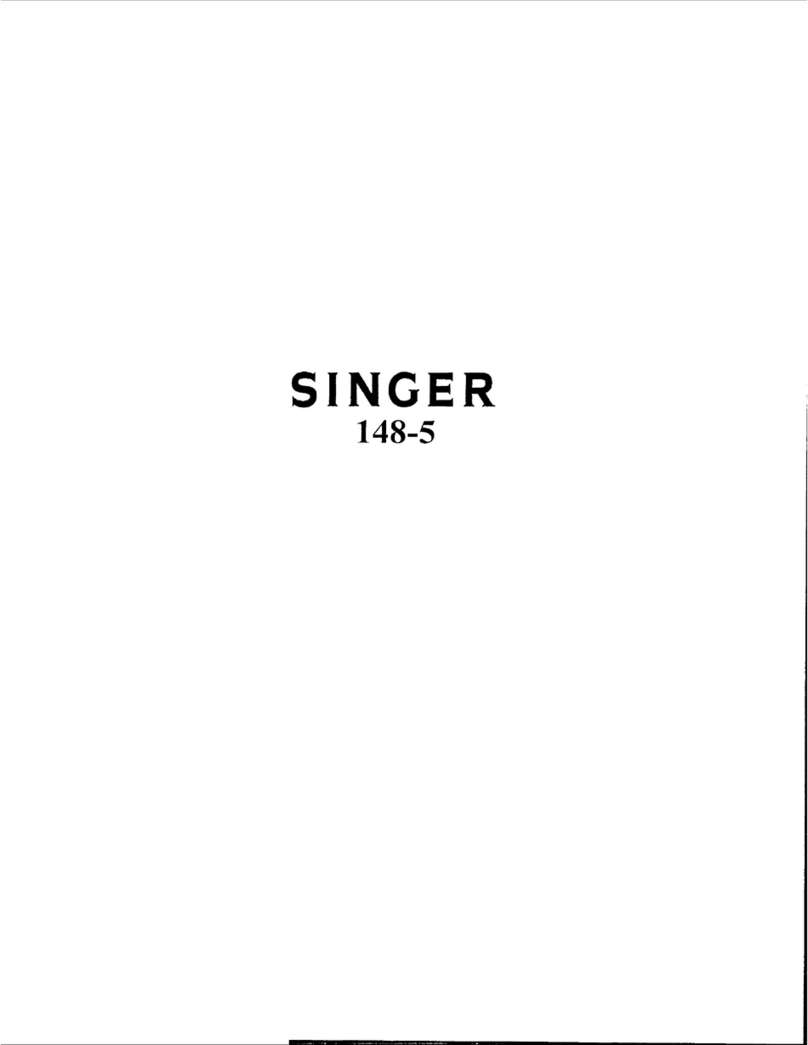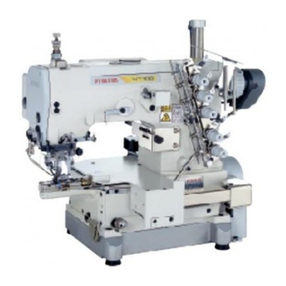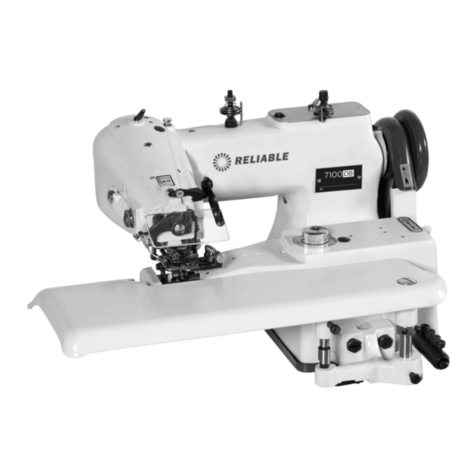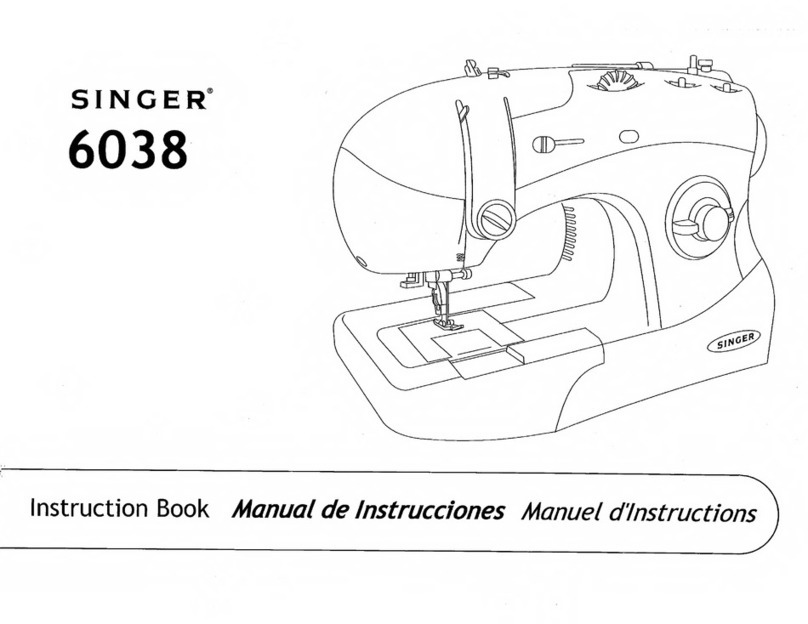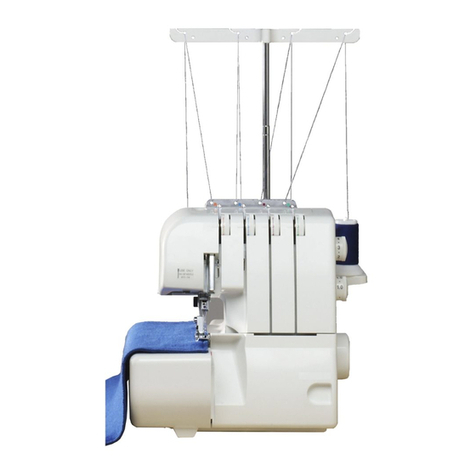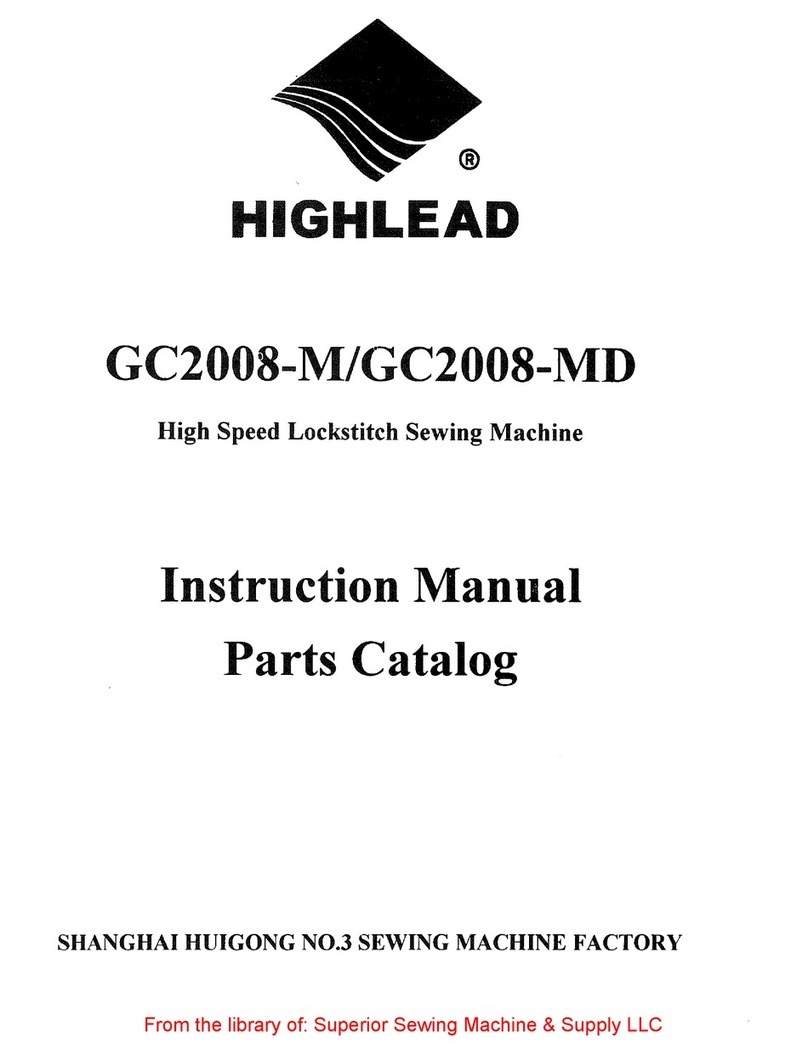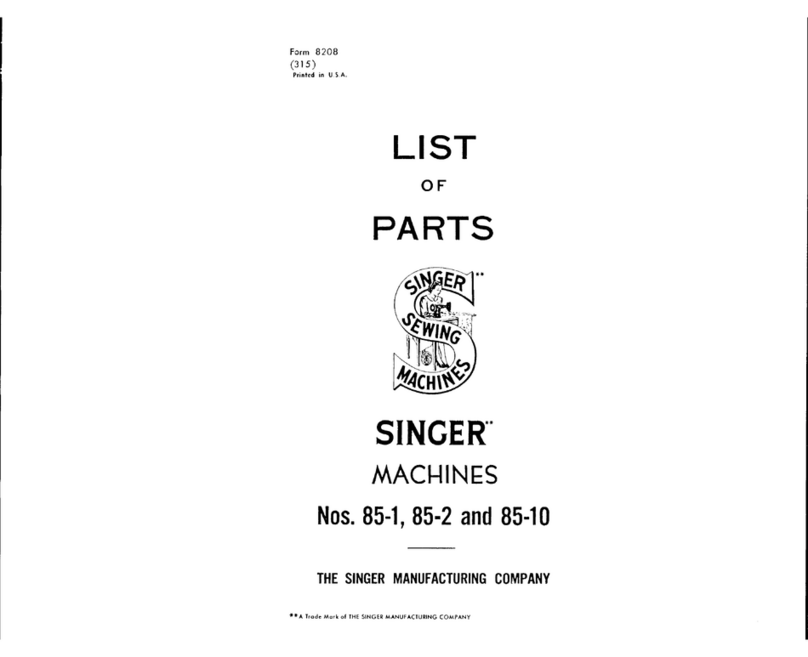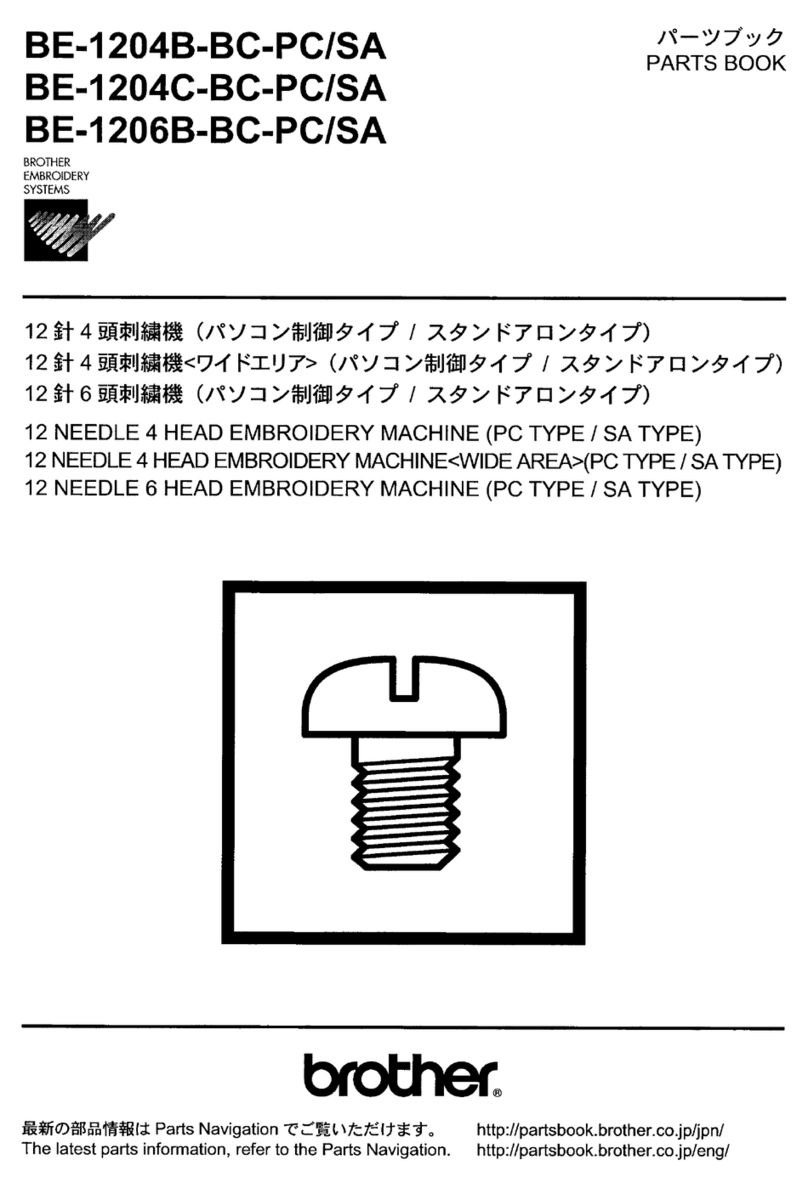
Index
Contents ..................................................................................Page
1Safety .................................................................................................................................... 5
1.01 Directives...............................................................................................................................5
1.02 General notes on safety......................................................................................................... 5
1.03 Safety symbols ...................................................................................................................... 6
1.04 Important points for the user................................................................................................. 6
1.05 Operating and specialist personnel........................................................................................ 7
1.05.01 Operating personnel .............................................................................................................. 7
1.05.02 Specialist personnel............................................................................................................... 7
1.06 Danger warnings.................................................................................................................... 8
2Proper use............................................................................................................................. 9
3Specifications ..................................................................................................................... 10
3.01 PFAFF 2595, 2596 BASIC and PFAFF 2595, 2596 PLUS ..................................................... 10
3.02 Maximum speed ................................................................................................................. 11
3.03 Machine equipment and options ......................................................................................... 12
4Disposal of Machine .......................................................................................................... 13
5Transportation, packing and storage................................................................................ 14
5.01 Transportation to customer‘s premises ............................................................................... 14
5.02 Transportation inside the customer‘s premises................................................................... 14
5.03 Disposal of packing materials ..............................................................................................14
5.04 Storage ................................................................................................................................ 14
6Explanation of symbols..................................................................................................... 15
7Controls .............................................................................................................................. 16
7.01 On/off switch ..................................................................................................................... 16
7.02 Sewing lamp switch (option)................................................................................................16
7.03 Pedal .................................................................................................................................... 17
7.04 Keyboard on machine head (only on the PFAFF 2595 and 2596 PLUS) ............................... 18
7.05 Knee switch (option) ............................................................................................................ 20
7.06 Knee lever (only on the PFAFF 2595 and 2596 BASIC) ........................................................ 20
7.07 Presser foot fixing key ......................................................................................................... 21
7.08 Adjusting the stitch length (on the PFAFF 2595 and 2596 BASIC)....................................... 21
7.09 Adjusting the stitch length (on the PFAFF 2595 and 2596 PLUS)........................................ 22
7.10 Reverse feed lever ............................................................................................................... 22
7.11 Adjusting the top feed stroke (on the PFAFF 2595 and 2596 BASIC) .................................. 23
7.12 Adjusting the top feed stroke (on the PFAFF 2595 and 2596 PLUS) ................................... 23
7.13 Switchable needle thread tension (only on the PFAFF 2595 and 2596 BASIC).................... 24
7.14 Control panel........................................................................................................................ 24
